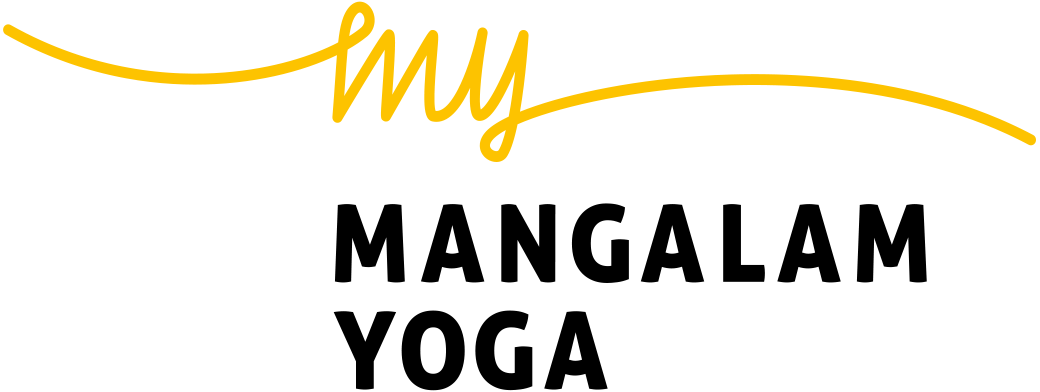In 2019, 79.1% of the world’s oil reserves were located in OPEC-member countries. OPEC’s decisions have a significant impact on future oil prices, so it’s important to learn how it works. OPEC’s headquarters, first located in Geneva, was moved to Vienna in 1965.
Market information
Gabon, which had joined in 1975, withdrew in January 1995 but rejoined in 2016. OPEC’s Annual Statistical Bulletin contains over a hundred pages of tables, charts, and graphs on all things oil and gas. Forms EIA uses to collect energy data including descriptions, links to survey instructions, and additional information. Tools to customize searches, view specific data sets, study detailed documentation, and access time-series data. State energy information, including overviews, rankings, data, and analyses. Reserves, production, prices, employment and productivity, distribution, stocks, imports and exports.
The result throughout the West was severe oil shortages and spiraling inflation (see oil crisis). Cfd trading platform As OPEC continued to raise prices through the rest of the decade (prices increased 10-fold from 1973 to 1980), its political and economic power grew. Flush with petrodollars, many OPEC members began large-scale domestic economic and social development programs and invested heavily overseas, particularly in the United States and Europe. OPEC also established an international fund to aid developing countries. The Organization of the Petroleum Exporting Countries (OPEC) describes itself as a permanent intergovernmental organization. The organization is designed to “coordinate and unify the petroleum policies of its Member Countries and ensure the stabilization of oil markets.” This ensures that there is a steady supply for consumers and regular income for petroleum producers.
Countries with relatively small reserves and large populations, like Nigeria and Indonesia, have in the past lobbied for a rise in production in order to increase their earnings. Countries with relatively small populations and large reserves, like Kuwait and Saudi Arabia, have opposed this. In 1976, OPEC established the OPEC Fund for International Development. Member countries work with developing nations and the international community to provide private and trade sector financing and grants to non-member countries.
Opec, the Organization of the Petroleum Exporting Countries, was set up in 1960 as an attempt by oil-producing states to assert themselves in a market dominated by the major multinational oil companies. It has expanded from its five founding countries to a membership of 12. Many non-OPEC members also voluntarily adjust their oil production in response to OPEC’s decisions. In the 1990s, they increased production to take advantage of OPEC’s restraints. These cooperating non-OPEC members are Mexico, Norway, Oman, and Russia. In 1960, five OPEC countries allied to regulate the supply and price of oil.
CNBC lays out all of President Trump’s tweets about OPEC in 2018 and his growing frustration with the cartel’s price manipulation. Short, timely articles with graphics on energy, facts, issues, and trends. Maps, tools, and resources related to energy disruptions and infrastructure.
Regional Dashboards & Data
- An organization set up in 1960 to coordinate petroleum policies among its member countries, initially with the aim of securing a regular supply to consuming countries at a price that gave a fair return on capital investment.
- In this period Opec sought to trade an increase in prices for its product in return for a guarantee of supplies.
- To counter this, OPEC partnered with Russia and several other major exporters to coordinate production and stabilize prices.
- Opec has often faced difficulties in reconciling demands among its members to stabilise world prices on the one hand or use oil as a political lever on the other.
Others were spurred by differences in opinion over strategy and target prices for the cartel. Comprehensive data summaries, comparisons, analysis, and projections integrated across all energy sources. Exploration and reserves, storage, imports and exports, production, prices, sales. This means that the country has control over its own production and supply without any interference from the organization. Some of the world’s greatest oil-producing countries, such as Russia, China, and the U.S., do not belong to OPEC. It responded to a sudden drop in the U.S. dollar’s value after President Nixon abandoned the gold standard.
Energy Disruptions
Delegations are usually led by the oil ministers of each member country, and a secretary-general appointed by the bloc is entrusted with the day-to-day management of the organization. The Organization of the Petroleum Exporting Countries, also known as OPEC, was formed in 1960 by Iraq, Iran, Kuwait, Saudi Arabia, and Venezuela. OPEC regularly meets to set oil production targets and coordinate output to help manage global oil prices for the entire group. OPEC rose to prominence in the 1970s during two major crises, at a time when the group’s member states had nationalized their oil industries, meaning that they had a significant say in determining the market price for the commodity. In 1973, the Arab member states launched an embargo against the U.S. and several other countries in retaliation for their support of Israel during the 1973 Arab-Israeli war. This led to a spike in the price of oil and an immense shortage of fuel in the embargoed states.
As a military coalition came together, most of OPEC’s remaining members increased production to compensate for lost output from Kuwaiti and Iraqi oil fields. OPEC faces considerable challenges from innovation and new, green technology. High oil prices a review of “financial modeling” are causing some oil-importing countries to look to unconventional—and cleaner—sources of energy.
OPEC was founded in 1960 to coordinate the petroleum policies of its members and to provide member states with technical and economic aid. Without OPEC, individual oil-exporting countries would pump as much as possible to maximize national revenue. By competing with each other, they would drive prices even lower. OPEC countries would run out of their most precious resource that much faster. Instead, python math libraries OPEC members agree to produce only enough to keep the price high for all members.
Production dispute
This, along with a price war between Russia and Saudi Arabia, led to a drop in oil prices. As a result, the organization decided to cut production by 9.7 million barrels per day between May and July 2020. Oil prices continued to experience volatility, leading OPEC to adjust production levels to 7.2 million barrels per day as of January 2021. Because its member countries hold the vast majority of crude oil reserves, the organization has considerable power in these markets. As a cartel, OPEC members have a strong incentive to keep oil prices as high as possible while maintaining their shares of the global market.






